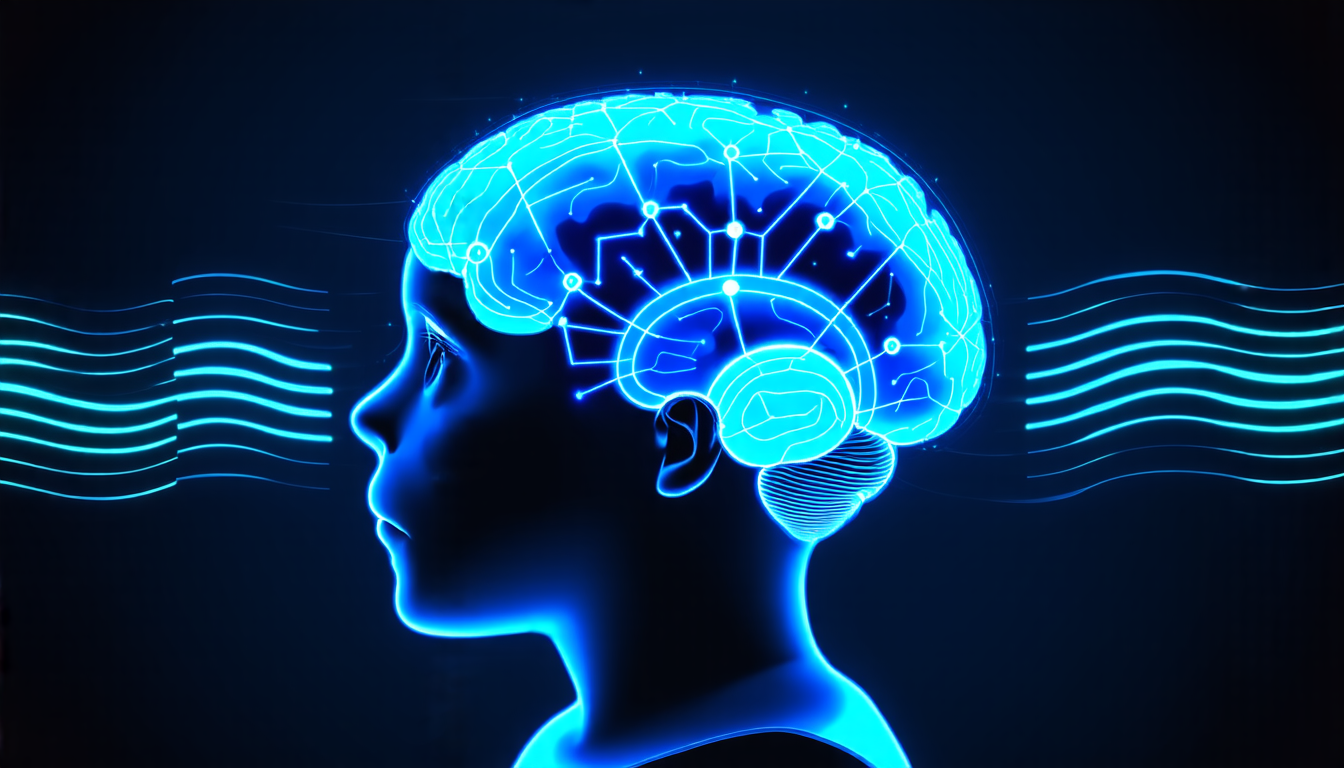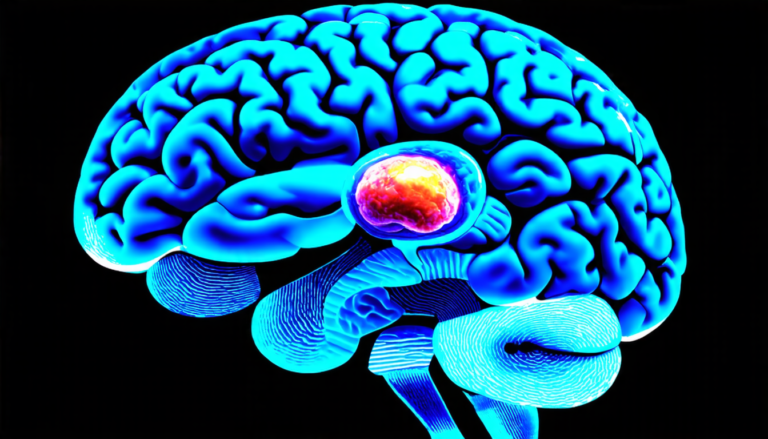Wednesday 16 April 2025
Researchers have developed a novel approach to understanding how our brains adapt and change as we switch between different mental states, such as going from rest to attention.
The study focused on using functional magnetic resonance imaging (fMRI) data to analyze brain networks in individuals of different ages. The findings suggest that children’s brains are more stable and less prone to changes in network activity than those of adolescents.
One key aspect of the research is the use of a technique called multivariate transfer entropy (MTE) to measure causal connectivity between brain regions. This allows researchers to map the flow of information between different parts of the brain, providing insights into how our brains process and respond to various mental states.
The study involved analyzing fMRI data from 40 participants, divided into two age groups: children aged 6-10 and adolescents aged 11-17. The participants were asked to perform a predictive eye estimation regression task, which required them to focus their attention on a point that changed every few seconds.
The results showed that children’s brains exhibited higher similarity scores between the task and resting states, indicating a more stable brain network configuration. In contrast, adolescents’ brains displayed lower similarity scores, suggesting greater changes in network activity as they switched between mental states.
Further analysis revealed that the default mode network (DMN), which is typically active during rest, was less engaged in children’s brains than in those of adolescents. The DMN is responsible for introspection and self-reflection, and its reduced activity in children may be related to their ability to focus attention on the task at hand.
The study also found that adolescents’ brains showed increased activity in the dorsal attention network (DAN), which is involved in focused attention. This suggests that adolescents are better able to adapt their brain networks to meet the demands of different mental states, such as switching from rest to attention.
The researchers believe that these findings have implications for our understanding of developmental changes in the brain and may help us better understand neurodevelopmental disorders, such as attention deficit hyperactivity disorder (ADHD).
Overall, this study provides new insights into how our brains adapt and change as we transition between different mental states, and highlights the importance of considering age-related differences in brain development when studying these processes.
Cite this article: “Unlocking the Secrets of Brain Development: A Novel Approach to Understanding Attention and Cognitive Function in Children”, The Science Archive, 2025.
Brain Adaptation, Mental States, Fmri, Multivariate Transfer Entropy, Causal Connectivity, Brain Networks, Age-Related Differences, Developmental Changes, Attention Deficit Hyperactivity Disorder, Default Mode Network.







